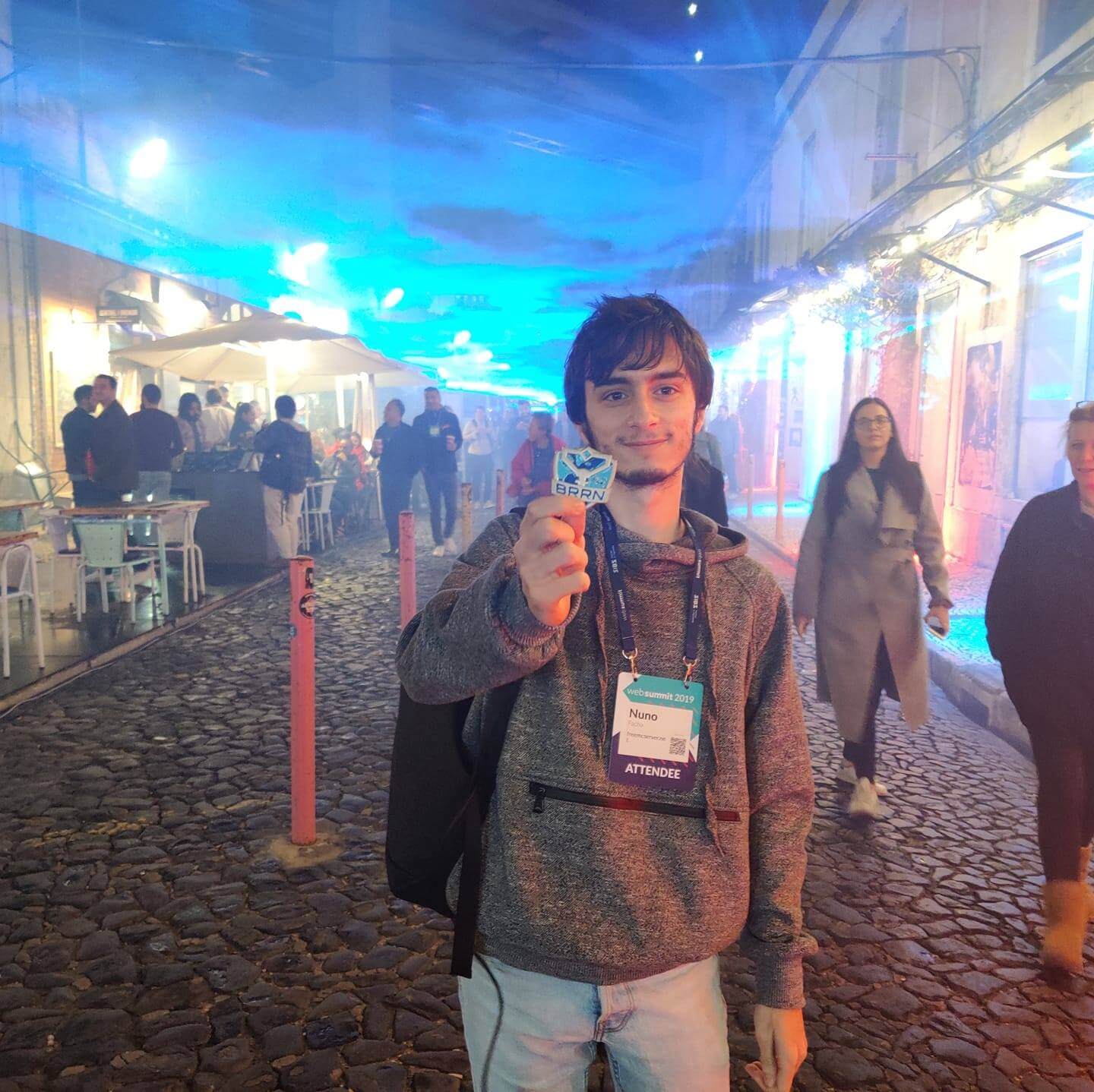As CS8ACT, a Portuguese amateur radio operator, I’ve come to see EchoLink as more of a barrier than a bridge in the ham radio world. While it has connected operators globally for years, its rigid policies and selective rule enforcement make it a gatekeeper that’s part of the problem, especially for licensed hams in countries like Portugal. It’s an outdated system clinging to inconsistent interpretations of regulations, and frankly, it’s time for better alternatives to take center stage.
If you’re searching for “EchoLink” to set up an account and are a freshly licensed CAT 3 operator in Portugal don’t lose your time its useless and they don’t give a flying fuck about you.
I’ll draw from my own exchanges with EchoLink support and official ANACOM guidance to show why their policies are problematic, hypocritical, and overdue for change.
EchoLink prides itself on adhering to amateur radio regulations worldwide, but in reality, it selectively enforces them in ways that override national authorities. For Portuguese Category 3 (CAT 3) operators with CRx callsigns, EchoLink outright blocks account creation and validation, labeling them as “listen-only” without transmission privileges. Yet, under Portuguese law—Article 8(2) of ANACOM’s regulations—CAT 3 ops can transmit under supervision, which can be remote monitoring by another ham when doing it via RF.
ANACOM’s 2021 clarification (ANACOM-S019048/2021, issued to CT7APZ) goes further: when using software like EchoLink without direct RF emission, there are no restrictions. It’s all internet-based “guided communications,” so emission limits don’t apply and they have full transmission permission. I provided this full response to EchoLink support, but they dismissed it, citing concerns about transmission rights in countries like Spain, the US, or UK—essentially ignoring Portugal’s regulator to impose their own gatekeeping.
This selective enforcement is hypocritical. If global compliance is the goal, why allow Portuguese CAT 2 operators (CSxxxx callsigns), whose licenses aren’t CEPT-recognized in Spain or France? Or older B and C license holders, prevalent in the Azores and facing similar international limits, who access EchoLink freely? By singling out CAT 3, EchoLink creates arbitrary barriers that don’t hold up logically or legally.
Technically, the inconsistencies pile up. A CAT 3 op can use a local repeater linked to an EchoLink conference like LUSOFONA, broadcasting internationally and that’s fine. But direct app connection? Denied. The end effect is identical, and ANACOM approves both, yet EchoLink’s outdated rules draw pointless lines, acting as a gatekeeper that stifles participation.
In today’s digital landscape, EchoLink stands out as antiquated. Platforms like DMR (ADN.Systems, Brandmeister, TGIF, etc), and Mumble bridges follow ANACOM’s guidance without hassle, welcoming CAT 3 operators. Even better solutions exist, such as AllStarLink, which offers more flexible, open-source linking without the bureaucratic nonsense. Unfortunately, many repeaters still rely on EchoLink, locking communities into this flawed system. I hope one day this changes, with friendlier, more inclusive options taking its place and breathing new life into the hobby.
Having been involved in an ARISS contact, I’ve witnessed how accessible tools can inspire, but EchoLink’s approach does the opposite—discouraging newcomers by contradicting regulators and enforcing unnecessary hurdles. Operators bear the responsibility to comply with laws; blanket bans just punish the compliant.
EchoLink, if this post pops up in your radar, it’s time to evolve. Stop gatekeeping, respect national authorities like ANACOM, and update your system before alternatives fully eclipse you. To fellow hams frustrated with EchoLink issues: Explore options like AllStarLink or DMR networks such as ADN.Systems, Brandmeister, TGIF.
73 de CS8ACT











